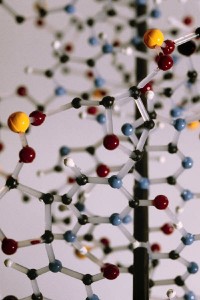 Last week we posted on Facebook about a new paper suggesting that wet nursing could function as a form of gene therapy for inherited genetic disorders.
Last week we posted on Facebook about a new paper suggesting that wet nursing could function as a form of gene therapy for inherited genetic disorders.
Obviously this is mind bending concept, and also a complex and highly technical one. We thought it was so fascinating that it deserved a translation for those of us who aren’t molecular biologists!
So this post is my best attempt (with some expert reviewing help*) at breaking down this fascinating argument. Please note that this paper was published in a journal of theoretical biology. It doesn’t represent experimental findings.
Here, to the best of my ability, is a summary of the concept:
DNA is in each of our cells, and it is the foundation on which cell activity is based. We inherit our DNA from our mothers and fathers. The primary way in which genes function and replicate goes like this: DNA in the nucleus of a cell makes RNA which in turn makes proteins. These proteins determine the cell’s function.
But there is another process, called reverse transcription, which works in the opposite direction. In this process, RNA from outside the cell alters the DNA inside the cell, and that alteration is integrated into the genome and replicated in other cells. This is how retroviruses such as HIV spread.
Since the 1970s scientists have known that human milk contains particles that seem to function like retroviruses. These particles, called microvesicles, can transport RNA and proteins between cells in this reverse transcription process. Basically, this component of breastmilk works like a retrovirus such as HIV, spreading the mother’s genetic information to the baby’s DNA from the outside in, and spreading to other cells.
Some of us are born with flaws in our DNA, and these flaws can result in a host of disorders. Some single gene disorders are cystic fibrosis, hemophilia, muscular dystrophy, and sickle cell anemia.
An exciting area of research is gene therapy, in which DNA is used to supplement, change or replace genes, essentially “fixing” genetic mutations which cause these devastating disorders.
One form of gene therapy involves introducing DNA with a non-mutated gene into the body of an affected person, in order to replace a mutated one. So far there have been exciting, but very small, experiments in which disorders like inherited blindness have been measurably alleviated.
But one significant problem in gene therapy is that the proteins carrying the DNA are often seen as foreign invaders by the recipient’s body, triggering an immune response.
Now back to breastmilk. One way of doing gene therapy this is to use a virus (with the bad parts removed) to carry the DNA, since viruses are so effective at delivering and replicating in cells.
Remember how those microvescicles in human milk have that virus-like ability to use RNA to alter DNA, which then replicates? What if, the authors of this paper ask, human milk could be used to introduce RNA which would fix the genetic defect and then replicate.
What if, the authors suggest, wet nursing from a non-affected mother might fix genetic flaws or ameliorate their effects.
They note a significant advantage: Based on the infant’s immature immune system, and evidence about breastfed children’s response to grafts and transplants, the authors theorize that RNA from breastmilk would be better accepted and wouldn’t trigger an immune response common in current gene therapy methods.
Why wet nursing and not donor milk? The authors explain that while pasteurization does not eliminate RNA and DNA from human milk, it affects its quality. So pasteurized donor milk would not function as well as milk directly from the source.
Here’s an example of how it could work, say the authors: Mucopolysaccharidosis type VII is a genetic disorder detectable prenatally, which causes enlarged organs, and skeletal, neural, cardiovascular, and visual abnormalities. Infants with this disorder are born with no symptoms because of maternal enzyme activity.
The baby is wet-nursed by a mother with no such genetic flaw, and the microvescicles in her milk deliver RNA which is taken up by the baby’s immune system and reprogram the DNA in the baby’s cells. These cells then replicate, and the disorder is alleviated or permanently corrected.
Pretty remarkable, right? This is a stunning, and untested, concept, and raises many questions: If this is true, why aren’t mothers with one non-mutated gene not curing their children on their own when they breastfeed? Could there be an application for adults?
To me, the the most fascinating aspect of this concept is the combining of the newest science with a most ancient human behavior to fix devastating disorders in our time.
* Many thanks to molecular biologist Eva Browne at the University of Massachusetts Breastmilk Lab and immunologist Alicia who writes the blog Lactation Narration, for their assistance in reviewing this post.



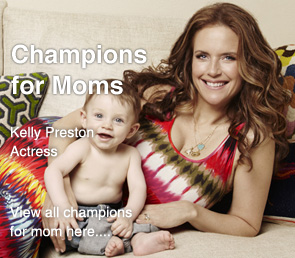



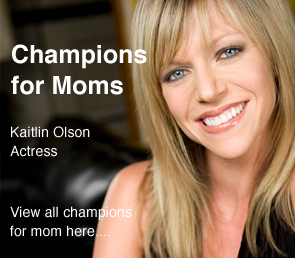


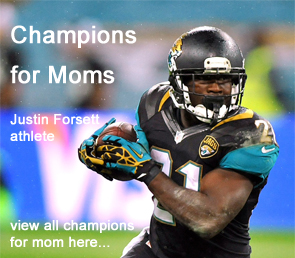
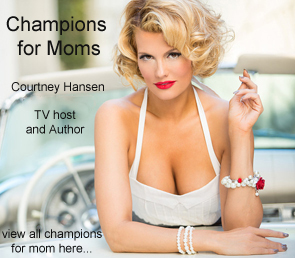
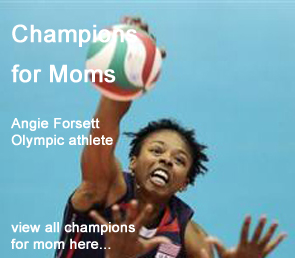
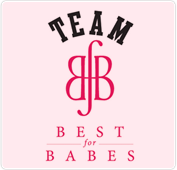
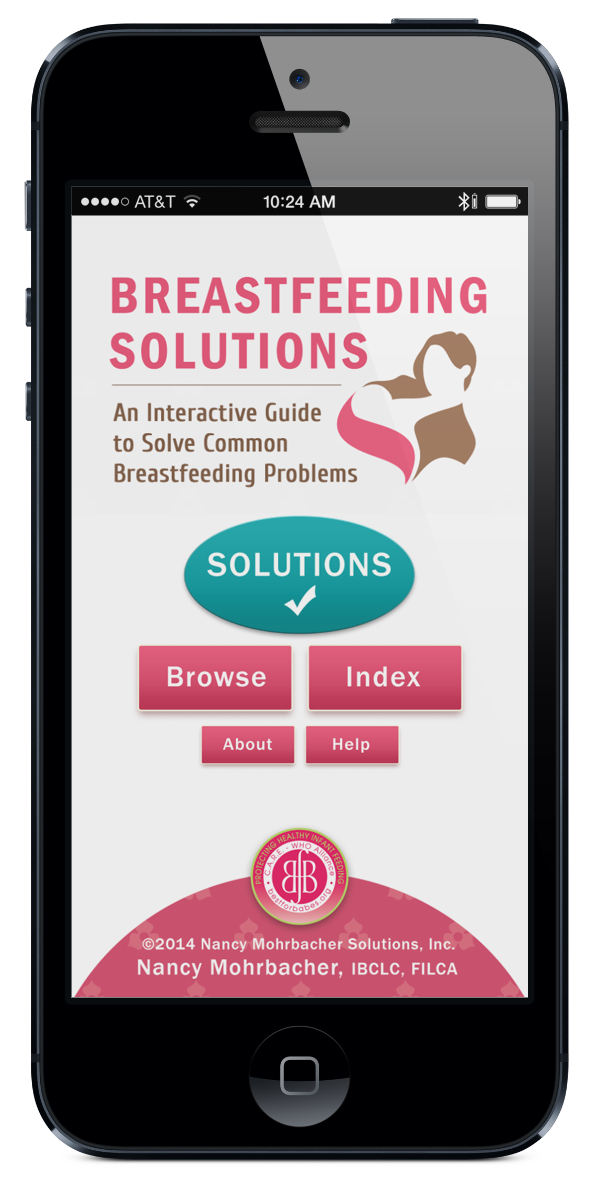
They could probably collect data from nursing-adoptive mothers.. Will be interesting to see what comes from this idea.